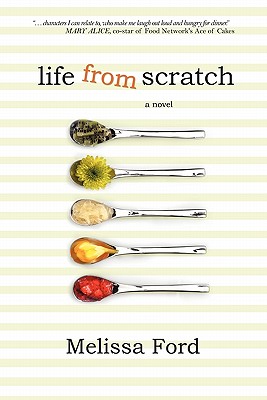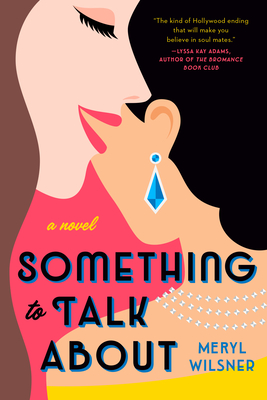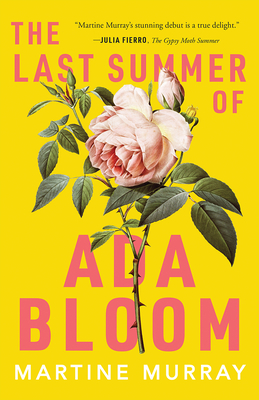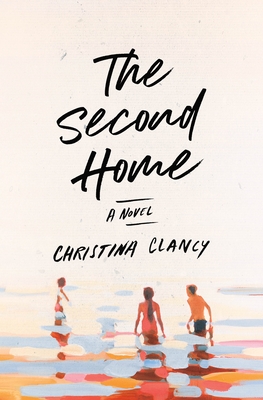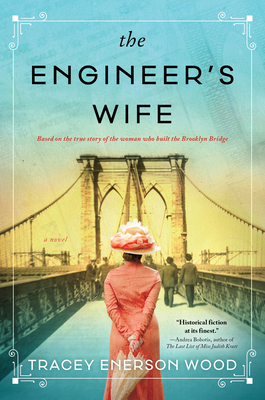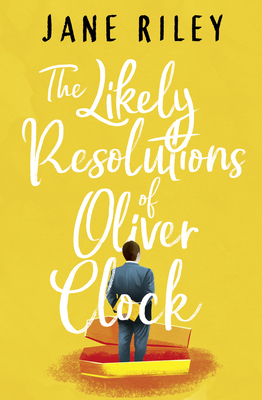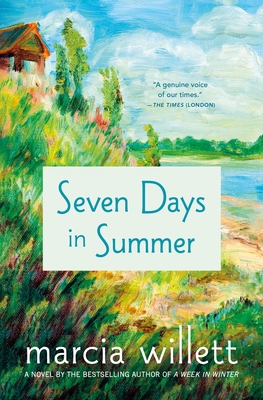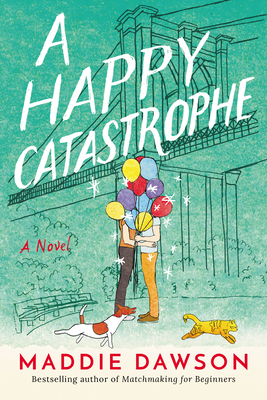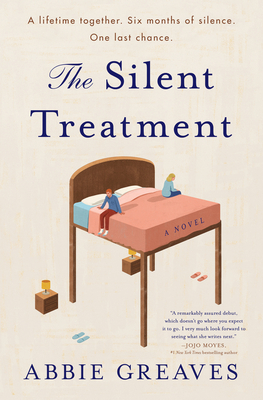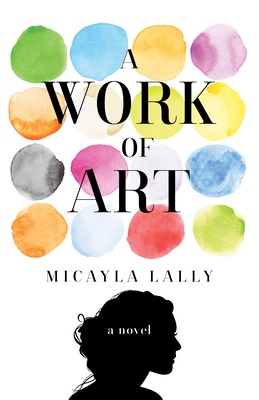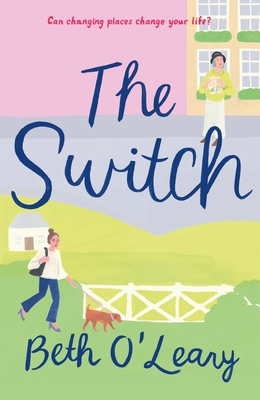Quinn Barrett is the PTA President. She's a talented interior designer working on a major project that is set to be featured in Martha Stewart's magazine. She is organized and focused and she takes no prisoners. Her life is carefully curated and polished and she is determined that everything will be perfect, always. And it is. Until it isn't. The morning of the Happy Halloween Parade at her 3 year old son Ham's Little Wonders Preschool, the very best school (it's for potential prodigies after all) in the posh Boston suburb of Needleton, starts off badly but Quinn absorbs every misstep and keeps pushing through until the moment just before the parade that Ham refuses to wear the lovingly and meticulously crafted spaceship costume she has made for him. It is the final straw and Quinn completely loses it, stomping on the costume and yelling at Ham. If only no one had seen. But Daisy Stone, a mom new to the area, homesick for her funky Los Angeles and feeling like the proverbial fish out of water with her electric blue hair and full tattoo sleeves in this wealthy, conservative town, videos the whole scene and then emails the video to her friends back in LA where one of them promptly shares it. Quinn's gone viral; suddenly she loses her position on the PTA, her job shoves her into the background to minimize the fallout, and her marriage is on shaky ground. Meanwhile, Daisy is overwhelmed by guilt but can't come clean because she's afraid of the consequences if she does and it doesn't help that her cousin by marriage, Shanna, has orchestrated the preschool's coup against Quinn and is now (over)using Daisy as her right hand woman. After further fallout, Daisy and Quinn strike up a tentative friendship and now Daisy really can't tell Quinn that the initial video is her fault.
Quinn is very much the stereotypical "perfect" mom, with her surgeon husband, cute kid, beautiful home, great job, and a housekeeper helping to hold it all together. She is clearly walking a razor's edge and yet she gives off an air of impenetrability and invincibility. Even though the reader can see that she's eventually going to slip, she still isn't a terribly appealing character for some reason. In the book, she has no friends until Daisy, and quite frankly, it's not hard to see why not, so focused on perfection and the superficial, allowing no room for error or humanness. Daisy is portrayed as Quinn's diametric opposite. Where Quinn is cold, Daisy is warm. Where Quinn is conventional, Daisy is funky. Daisy is stifled by the life that is Quinn's preferred milieu. Even so, it is no surprise to see these two women prove that underneath the visible trappings, they aren't in fact too different. All of the portrayals here are a little over the top and stereotypical though, even in the secondary characters. Shanna is conniving and scheming, the villain who gets a little too much glee out of Quinn's misfortune. Quinn's husband Stuart is suave and distant but almost always described as with a romance hero's sly smile. Daisy's husband Robbie is oblivious and hard working, happy to have his family back in the town where he grew up. The community itself is portrayed as uptight, judgmental, and insular, responsible for all of Daisy's unhappiness and the reason the repercussions for Quinn's meltdown are so long-lived. Rorick does do a good job showing the nasty underbelly of competitive momming, especially in the world of an elite preschool. The school-wide newsletters that start each chapter are a delight to read, with their snarky portions crossed out and rewritten in that strange, celebratory exuberance of school newsletters everywhere. Quinn learning to let go of her rigid ideas and learning to be a kinder, gentler, happier person is a nice long arc. Daisy embracing herself and who she is is a bit shorter but still given enough room in the narrative. Another character, though, is redeemed altogether too quickly and unconvincingly. The ending of the novel is too easy and too fast given everything that went before and has a lot of last minute revelations and their resolutions. Although I have known moms with varying degrees of these characters, I still had trouble entirely connecting to this book and these particular character. Then again, I may not be the target audience given that I looked the PTA President in the eyes, laughed, and said, "No. I don't really like people," when she asked me to head up a committee. Clearly I'm neither a Quinn nor a Daisy. But I'm sure there are moms and non-moms out there who would be interested in this tale of cutthroat parenting, finding balance the hard way, and the importance that the internet and ever present cameras play in our lives these days.
For more information about Kate Rorick and the book, check our her author site, follow her on Facebook, Instagram or Twitter, look at the book's Goodreads page, follow the rest of the blog tour, or look at the reviews for others' thoughts and opinions on the book.
 Thanks to Trish from TLC Book Tours and publisher William Morrow for sending me a copy of this book to review.
Thanks to Trish from TLC Book Tours and publisher William Morrow for sending me a copy of this book to review.


 This meme is hosted by Kathryn at
This meme is hosted by Kathryn at 

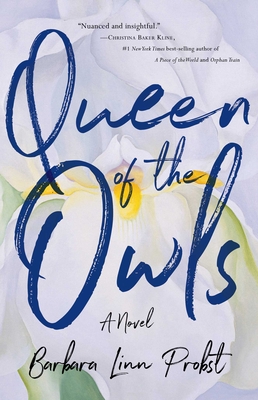


 This past week's mailbox arrivals:
This past week's mailbox arrivals: